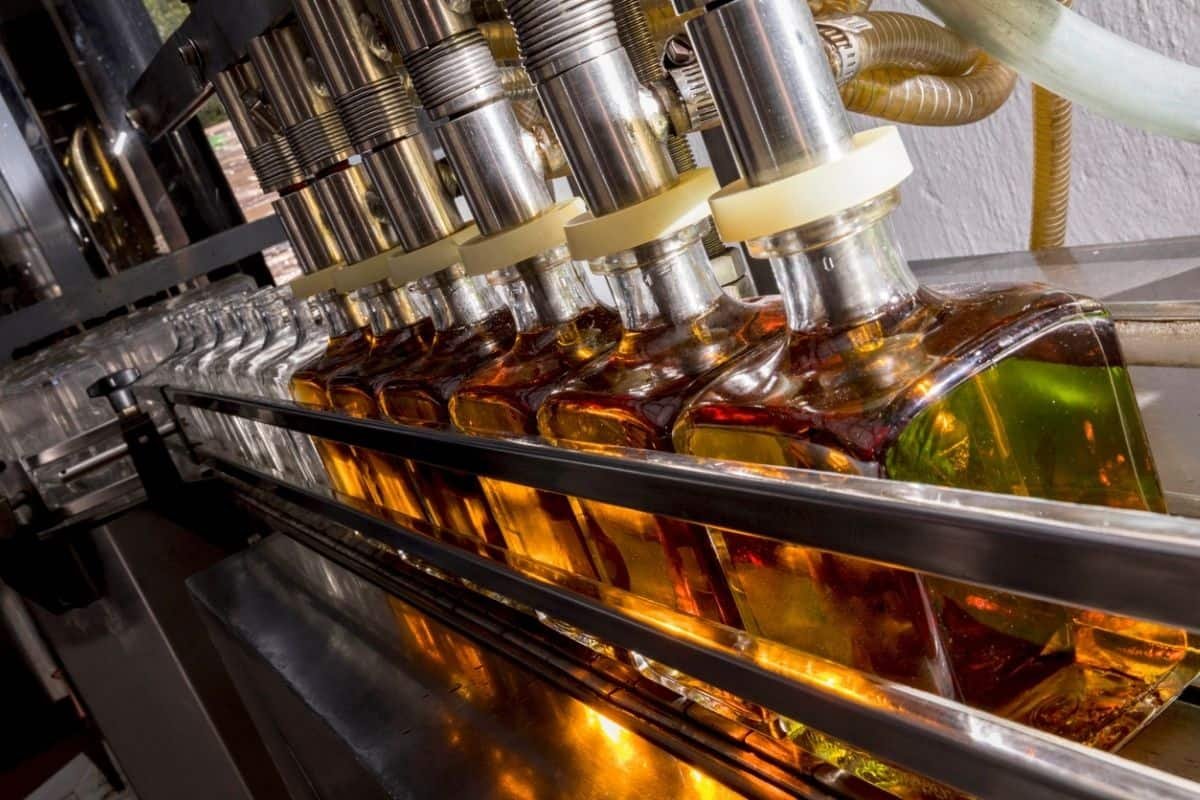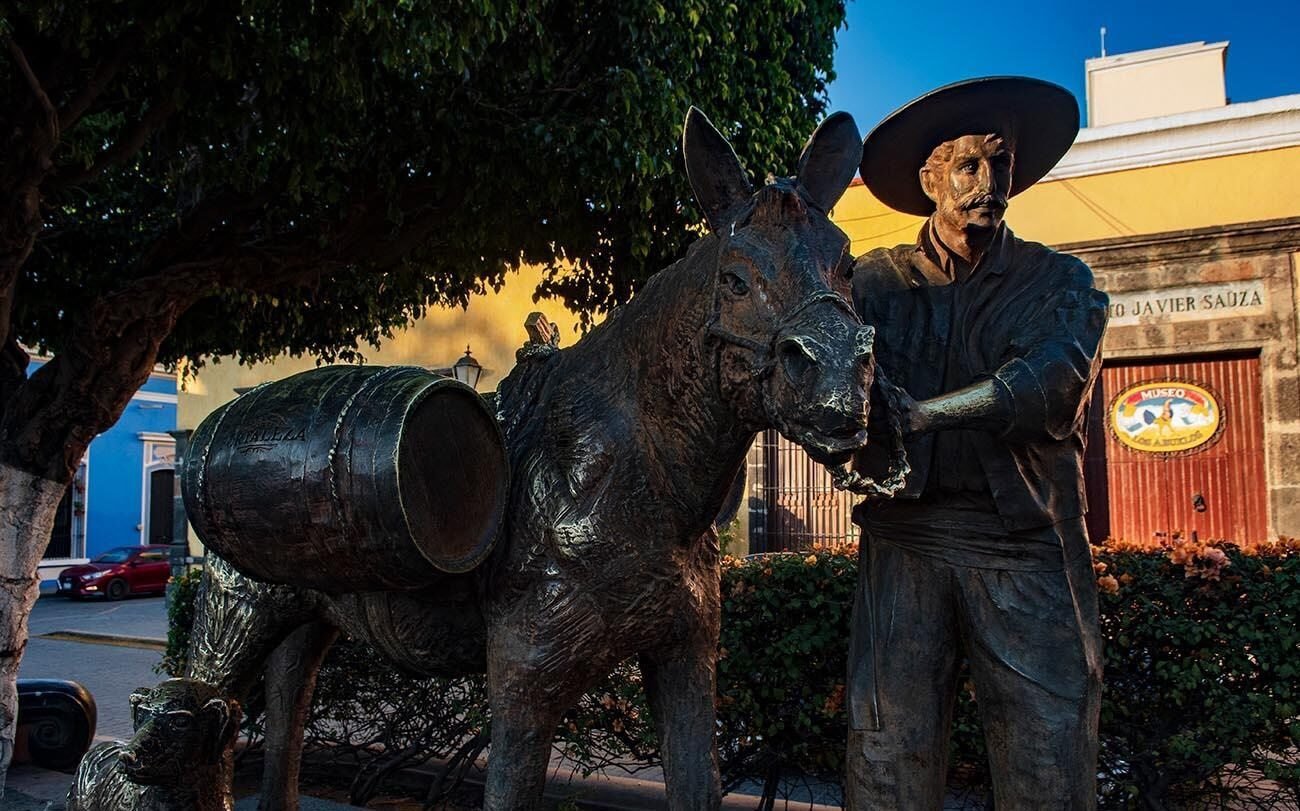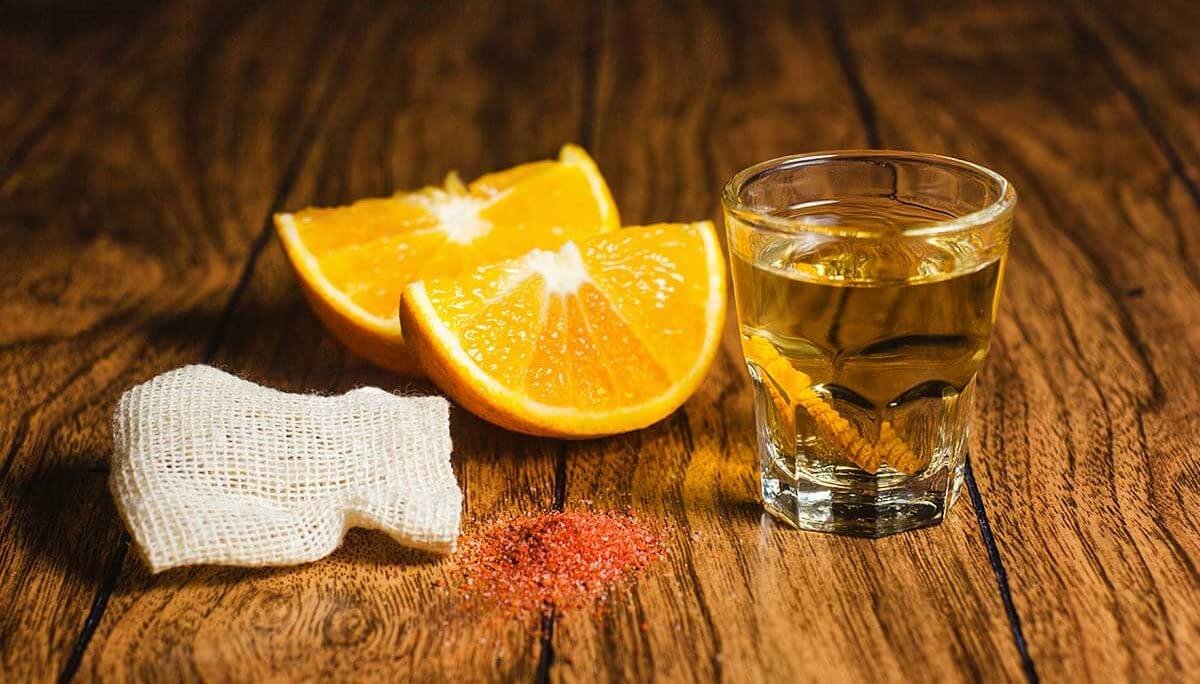
Making tequila: the epitome of Mexican joie de vivre!
When we think of Mexico, white sandy beaches, crystal-clear sea and pure joie de vivre usually come to mind.
In addition to vibrant cities such as Mexico City and Guadalajara, this diverse Central American country boasts a rich culture and breathtaking landscapes.
This is why Mexico has enjoyed increasing popularity among travelers for years. Mexico also has a lot to offer in terms of cuisine. National dishes such as “Mole Poblano” and “Tacos” are available in many different variations. But which drink goes best with them?
That’s right – delicious cocktails with tequila! This popular travel souvenir is more versatile than you might think. In this article, you can find out more about the special features, production and important quality characteristics.
Jalisco – the home of tequila What we know as “tequila” is basically an agave spirit called “mezcal” from Mexico, but which is produced in a special region (Jalisco) around the small town of Tequila. This is where the protected name comes from – similar to champagne, only what comes from this region can be called “tequila”.
But not all tequila is the same – like other national drinks, there are different varieties, which are reflected in their taste and quality.
The agave grows particularly well in the hilly landscape of Jalisco due to the red, nutrient-rich soil. This is why this region became famous worldwide for the “tequila” produced there.

Spanish tradition
Tequila already has a centuries-old tradition. Its origins date back to the 16th century, when the Spanish probably first produced tequila in Mexico.
The blue agave grew abundantly here and was also used to make ropes, needles and remedies. It was soon recognized that the high-proof agave brandy was a spirit-booster and also tasted delicious, which officially made it Mexico’s national drink in 1911.
Good things take time There are over 170 species of agave in the world, including aloe vera. However, only the blue weaver agave (Agave tequilana) is suitable for making tequila. Did you know that the agave plant has to grow for 10 years before it produces enough sugar of its own to make tequila?
Most tequila producers cannot wait that long, which is why the plant is harvested after just 2-3 years and sugar and alcohol are added in the industrial production process.
So if you want to buy a high-quality tequila made from pure agave syrup, you should look out for the “100% agave” quality mark.
In this case, the tequila contains no other ingredients and consists only of the sweetness of a well-matured agave plant.

Harvesting and producing tequila
The leaves of the agave plant are cut off for harvesting.
What remains is the agave fruit, also known as “agave heart” or “piñas”, which is then slowly cooked for 72 hours to convert the starch into sugar and develop its unique flavor.
After soaking, the fruit is processed into must, traditionally using large, round stone slabs. The crushed fruit is stored in barrels, where the released sugar produces 5-7% alcohol, the so-called “pulque”. This must is then distilled twice and the result is the “silver tequila” or “blanco” with an alcohol content of 40-50% by volume.
Silver tequila, reposado and añejo Silver tequila is rarely drunk straight; Mexicans like to use it to mix delicious margaritas with triple sec and lemon juice.
The quality of tequila is further enhanced by storage in oak barrels. During this process, it takes on the typical brownish color and develops special, intense aromas. A young tequila is called “reposado”, whereas a longer matured tequila is called “añejo” (aged).

Tequila with worm – a myth in the production of tequila ?
Many people believe that a traditional tequila in Mexico is served with a worm or other insects – but this is not tequila, but the agave schnapps mezcal. A funny marketing gag, but one that has nothing to do with tradition or quality features. Quality characteristics of a good tequila
– 100% agave: Tequila can only be produced without additives from completely mature agaves.
– No bubbles:
Good tequila should not throw bubbles when shaken.
Bubbles are a sign that additional sugar has been used in the production process.
– Jimador: this is what the Mexican tequila experts call themselves.
They still harvest the agave by hand and decide when the plant is ripe for harvesting.
– Cook slowly: After cutting off the leaves, the fruit is cut into quarters and cooked slowly.
This process takes three days.
– Aged tequila (Añejo): For a special taste experience, the tequila is aged in oak barrels.
With this knowledge, nothing stands in the way of your next trip to Mexico. Don’t forget to bring tequila as a souvenir!

